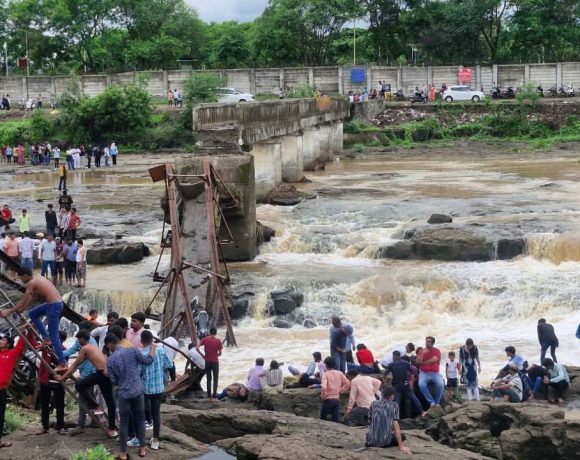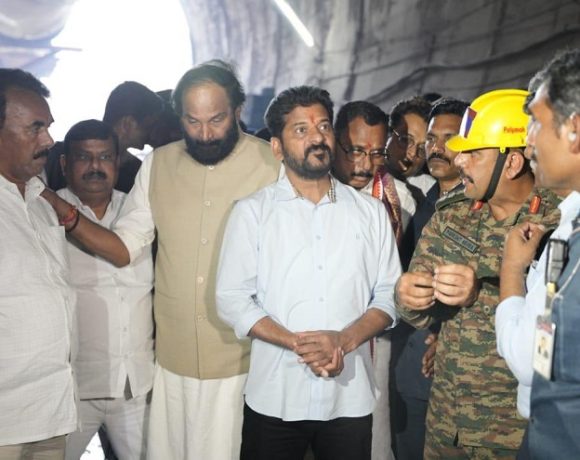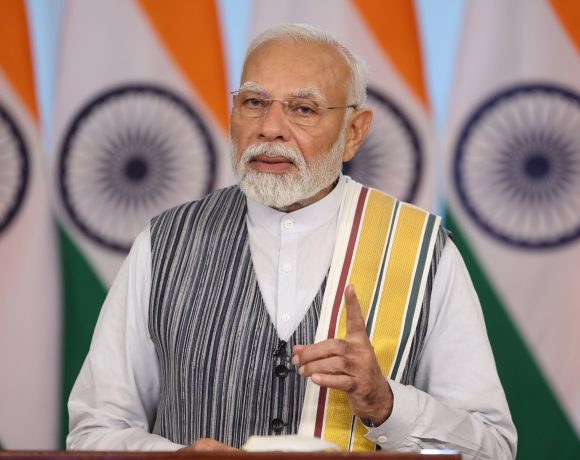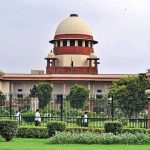
Delhi Cloud-Seeding Trial Yields No Rain, Data Reveals Insights
A cloud-seeding experiment conducted over Delhi on October 28 by the Indian Institute of Technology Kanpur (IIT Kanpur) in collaboration with the Delhi government failed to produce measurable rainfall. Officials noted that moisture levels in the capital were extremely low—around 10–15% —making effective rainfall almost impossible.
Trial Details
Flights deployed chemical flares into clouds over parts of north and north-west Delhi, including Burari, Mayur Vihar and Badli, in an attempt to trigger artificial rain. While no rain was recorded within the city, nearby areas such as Noida and Greater Noida saw negligible precipitation (0.1 mm and 0.2 mm respectively). The project cost is reported at about ₹3.2 crore, covering five planned sorties.
Expert Response
Scientists criticised the experiment as “temporary and unsustainable,” noting that cloud seeding requires specific atmospheric conditions—such as high humidity and appropriate cloud structure—which Delhi currently lacks. They emphasised that while pollution briefly decreased in trial areas, this effect is unlikely to last or solve the city’s smog issue.


















